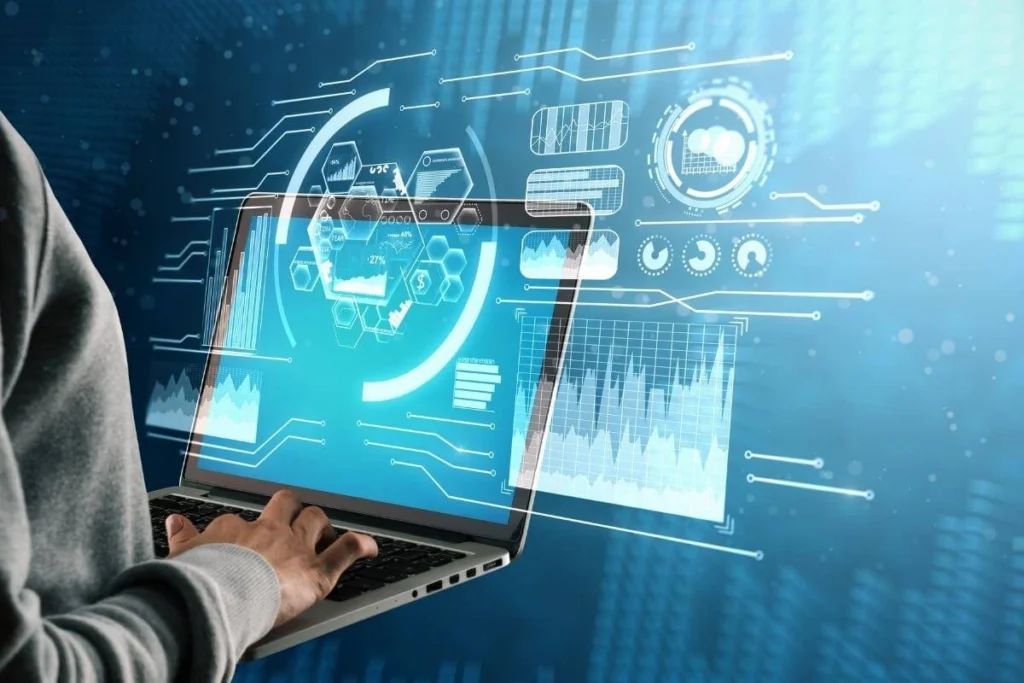The world of work has changed dramatically in the past couple of years, with more and more businesses adopting fully remote or hybrid workplaces. This shift has had a significant impact on employee training and development, with new hires onboarding without ever stepping into an office and on-the-job training taking place in employees’ homes without face-to-face instruction. However, while these changes have presented significant challenges, they have also created an opportunity to improve traditional training models through the use of classroom technology.
One of the key trends in employee training is personalized learning. Digital training software makes it possible to tailor training programs to individual employees based on their needs, responsibilities, and future goals. This approach represents a significant improvement over the one-size-fits-all training of the past, where employees were expected to learn at the same pace and in the same way regardless of their individual needs.
To ensure that training is truly personalized, it’s essential to first understand what your employees need. Surveys can be a powerful tool for gathering information from both new hires and veteran employees about the skills they want to develop in their current roles and the skills they need to grow into their next roles. This information can be used to identify the most important training needs and to tailor training programs accordingly.
Digital adoption platforms (DAPs) are another valuable tool for personalized learning. DAPs integrate with digital tools already in place to provide automated training tailored to the user in the flow of work. DAPs assign each learner task lists that include relevant walk-throughs, showing employees the best way to perform their tasks at each step. DAPs also make it easy for employers to track learning progress and adjust training programs accordingly.
Another technology that is transforming employee training is artificial intelligence (AI). AI can be used to personalize training programs based on an employee’s role in the company, create personal development goals, and suggest the next steps that should be taken during training. AI can also lead employees to training videos or informative articles as needed. When applied to learning management systems (LMS), AI can customize training based on the decisions employees make and the actions they take during their courses. This approach ensures that training is truly personalized and tailored to each employee’s unique needs.
AI can also be leveraged to help future employees. Bots can learn from the data collected during employee training, allowing them to predict what lessons will be helpful based on what has benefited past employees. This type of predictive modeling can help businesses stay ahead of the curve and prepare employees for future challenges.
Experiential learning is another trend that is gaining traction in the world of employee training. This approach involves learning from one’s experiences on the job, rather than in traditional classroom settings. The benefits of experiential learning include the elimination of expensive and time-consuming training classes outside of employees’ work environments. With experiential learning, employees can learn a new skill and apply it in the workplace immediately, gaining hands-on experience that helps them to remember what they’ve learned more effectively. This approach is more efficient and effective than traditional classroom training and is well-suited to the needs of modern businesses.
AI can also play a role in experiential learning by monitoring employees’ activities on the job and applying machine learning to the data collected. This approach can help to identify areas where employees need additional training and suggest courses or resources to help them improve. By integrating training into employees’ workflow, businesses can help employees to learn as they work, rather than forcing them to stop working to train.
Takeaway
Technology is transforming the world of employee training, making it possible to provide more personalized, effective, and efficient training programs than ever before. By leveraging classroom technology such as digital training software, DAPs, AI, and experiential learning, businesses can revolutionize the way they train their employees, leading to significant improvements in productivity, performance, and overall success.
As the pace of technological change accelerates, it is essential for companies to stay ahead of the curve and incorporate the latest training innovations into their programs. By embracing classroom technology, businesses can provide their employees with more engaging and interactive learning experiences that not only help them retain knowledge but also apply it in practical situations.
Digital training software and DAPs allow companies to create customized training programs tailored to their specific needs, ensuring that employees receive the knowledge and skills they require to succeed. With the help of AI, training programs can be adapted to each employee’s learning style, ensuring that they are presented with information in a way that resonates with them, leading to better retention and application of knowledge.
Experiential learning, which involves hands-on training and simulation exercises, is also becoming increasingly popular, as it enables employees to practice their skills in a safe and controlled environment, without fear of failure. This type of training has been shown to be highly effective in improving employee performance, as it allows them to develop their skills through practice and feedback.
In conclusion, classroom technology has the potential to transform employee training, enabling companies to create more effective, engaging, and efficient programs. By leveraging the latest technological innovations, businesses can provide their employees with the knowledge and skills they require to succeed in today’s fast-paced, ever-changing business environment.









